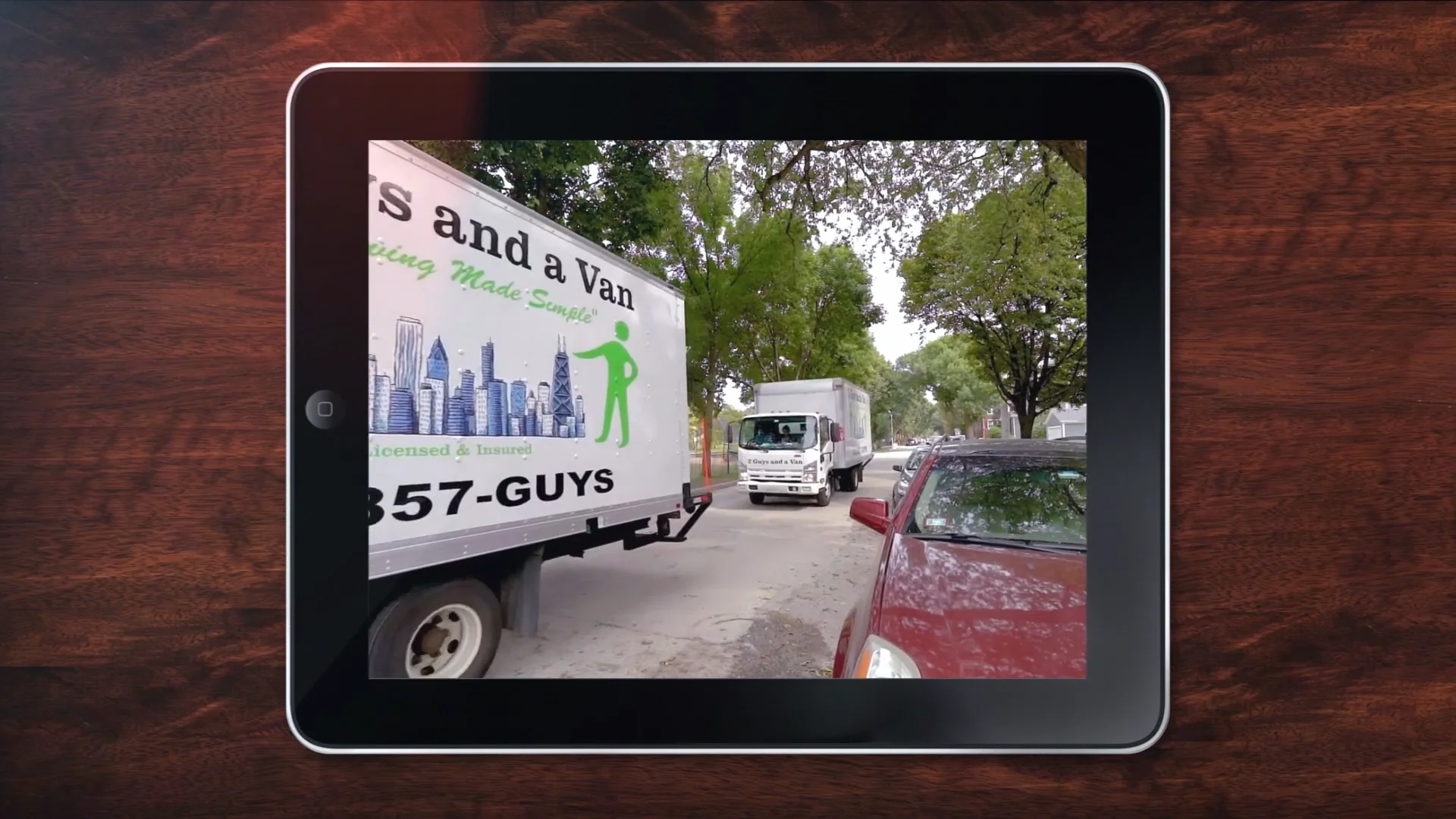 It is always a good idea to have an inventory ready when you are relocating. If your personal property is stolen or damaged you will not receive reimbursement for your belongings unless you possess proof of its condition beforehand. Never make it a tedious and long process. Let’s check out some tips for making an inventory while moving.
It is always a good idea to have an inventory ready when you are relocating. If your personal property is stolen or damaged you will not receive reimbursement for your belongings unless you possess proof of its condition beforehand. Never make it a tedious and long process. Let’s check out some tips for making an inventory while moving.
1. Have a separate inventory for every room in the house: Use a sheet of paper for every room in the house. Make a beginning from the basement or bottom and move to the attic or top. Record all the things from this space before you move on to the next room. Never jump around. You can start with main items such as electrical appliances and furniture and then move on to smaller items such as lamps and tables. Finally, make a note of things hidden in drawers and shelves. Although it is not necessary to record all the things in a set, you need to be specific about the more valuable items such as antique pieces and artwork.
2. Document the significant details of your belongings: Have many columns in the written inventory such as market value, current condition, serial number, make, and model, receipt, warranty documents, the room from where it is removed, and the new room it will be placed in.
3. Take photographs as a backup to the moving inventory: Take photographs of the moving inventory immediately after taking inventory of the items. Capture all the items separately with clear background and good lighting. This evidence is a good way of establishing the condition of the items before moving. For the items that are new and are unopened, you can save the receipt and just photograph the unopened box.
4. Double check the items to ensure that you have not missed anything: After going through the entire household, again go back to each room. You may have missed detailing certain items or may have forgotten listing down something. Make sure that you have included your brand-new furniture items in the itemized list. After you have finished double-checking ask someone to read out the household inventory. An additional pair of eyes will help check the documents.
5. Move all items to the ground floor before the movers come: After you have created the moving inventory, bring all items down to the first floor. Group these items room-wise and leave them close to the door for minimizing the handling required and reducing the fees charged per stair. You can disassemble your tables and beds before the movers come.
6. Take a backup of the handwritten inventory by using a digital one: You must take a backup of the handwritten inventory by using recorded versions with a digital inventory. It is simpler to create digital moving inventories and they are easier to access. You may use an app from your smartphone or a Google Doc for this purpose. Other things you need to consider are, saving the inventory on Cloud for simple access and filing the physical copy with the insurers. Keep the handwritten copy of the inventory in a secure location.
There are many benefits of creating a moving inventory. If there is any loss or damage to the items you may be required to submit a list of the stolen or damaged goods depending on the insurance policy you have. Apart from that, you are required to note the estimated value of the goods and a household inventory. If you are relocating to Chicago, IL area, get help from 2 Guys And A Van for all your queries.
Picture Credit: Freepik


